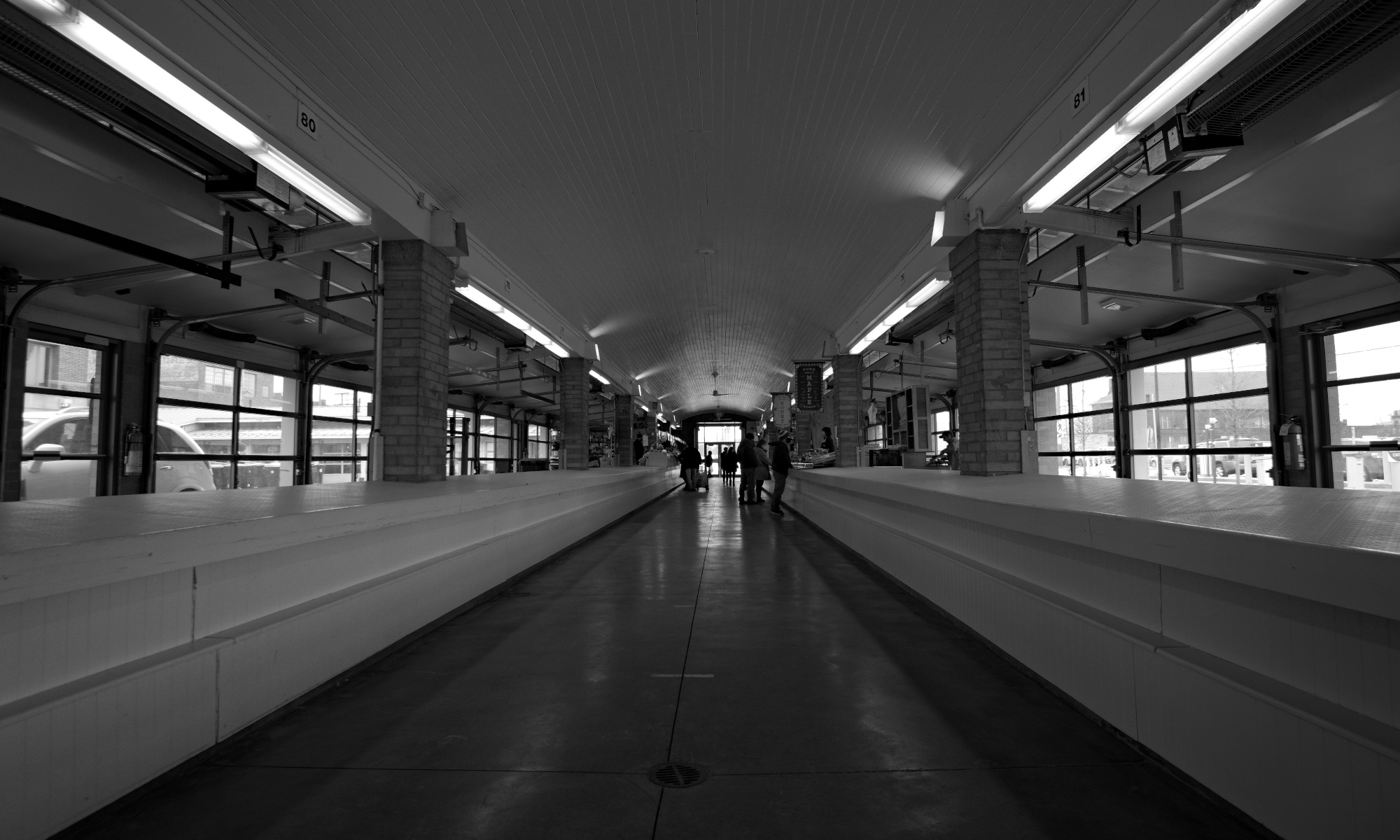The Lorain-Carnegie Bridge and the Guardians of Traffic
The Lorain Carnegie Bridge (also known as the Hope Memorial Bridge) was completed in 1932, a time when Cleveland was experiencing an economic boom and witnessing rapid urban growth. Named after Lorain and Carnegie Avenue intersecting at the bridge. Andrew Carnegie, which Carnegie Avenue is named after, was a renowned philanthropist who funded many libraries across the United States. The bridge was designed to accommodate both vehicular and pedestrian traffic, providing a crucial link between the city’s west and east sides.
Lorain Carnegie Bridge is a marvel of engineering. As seen in this drone photo. It spans the Cuyahoga River, one of Cleveland’s defining features, and stretches for 4,490-foot-long (1,370 m). The bridge’s distinctive feature is its central span, standing 93 feet (28 meters) above the river, allowing for the passage of larger vessels.



